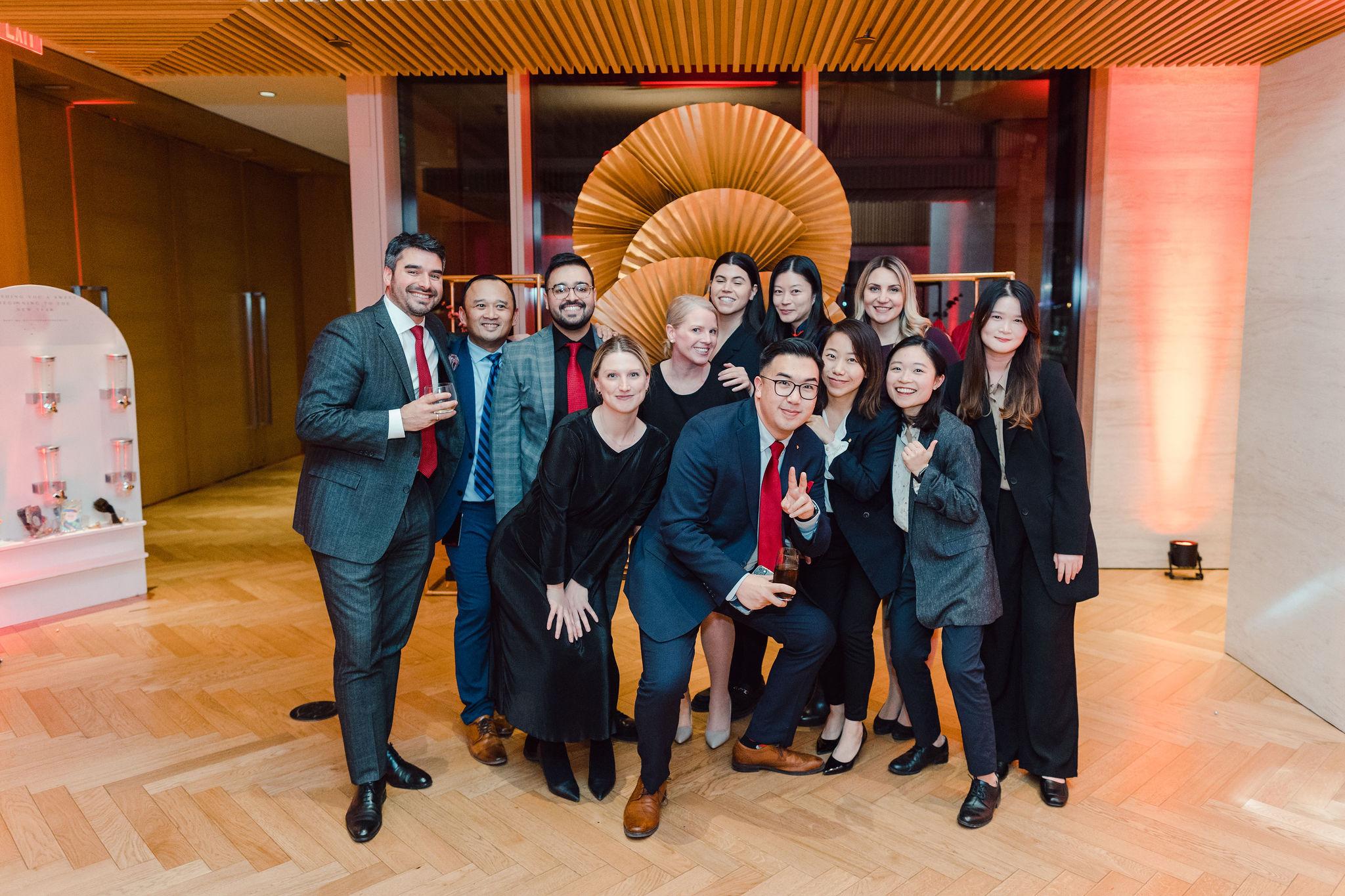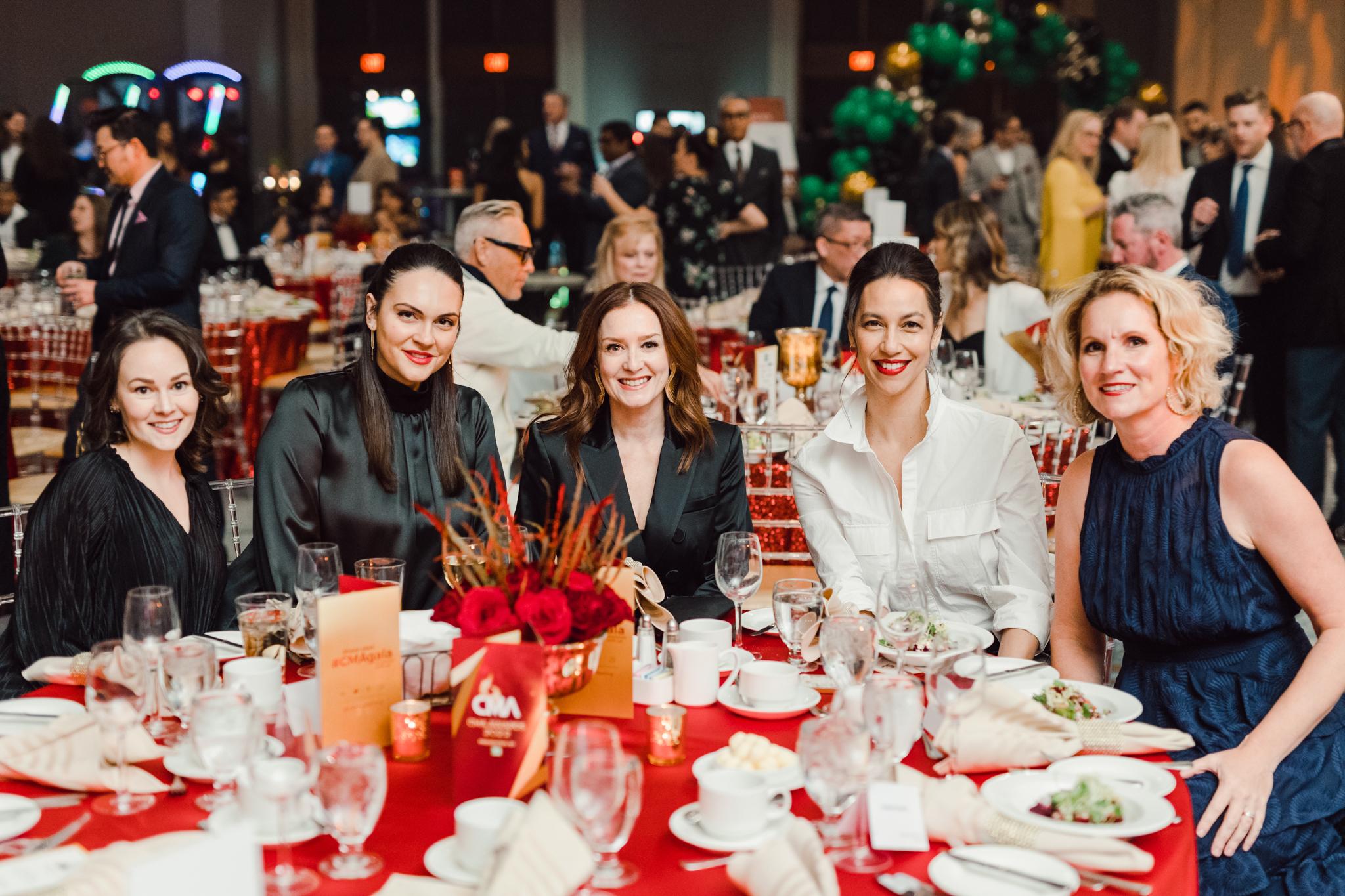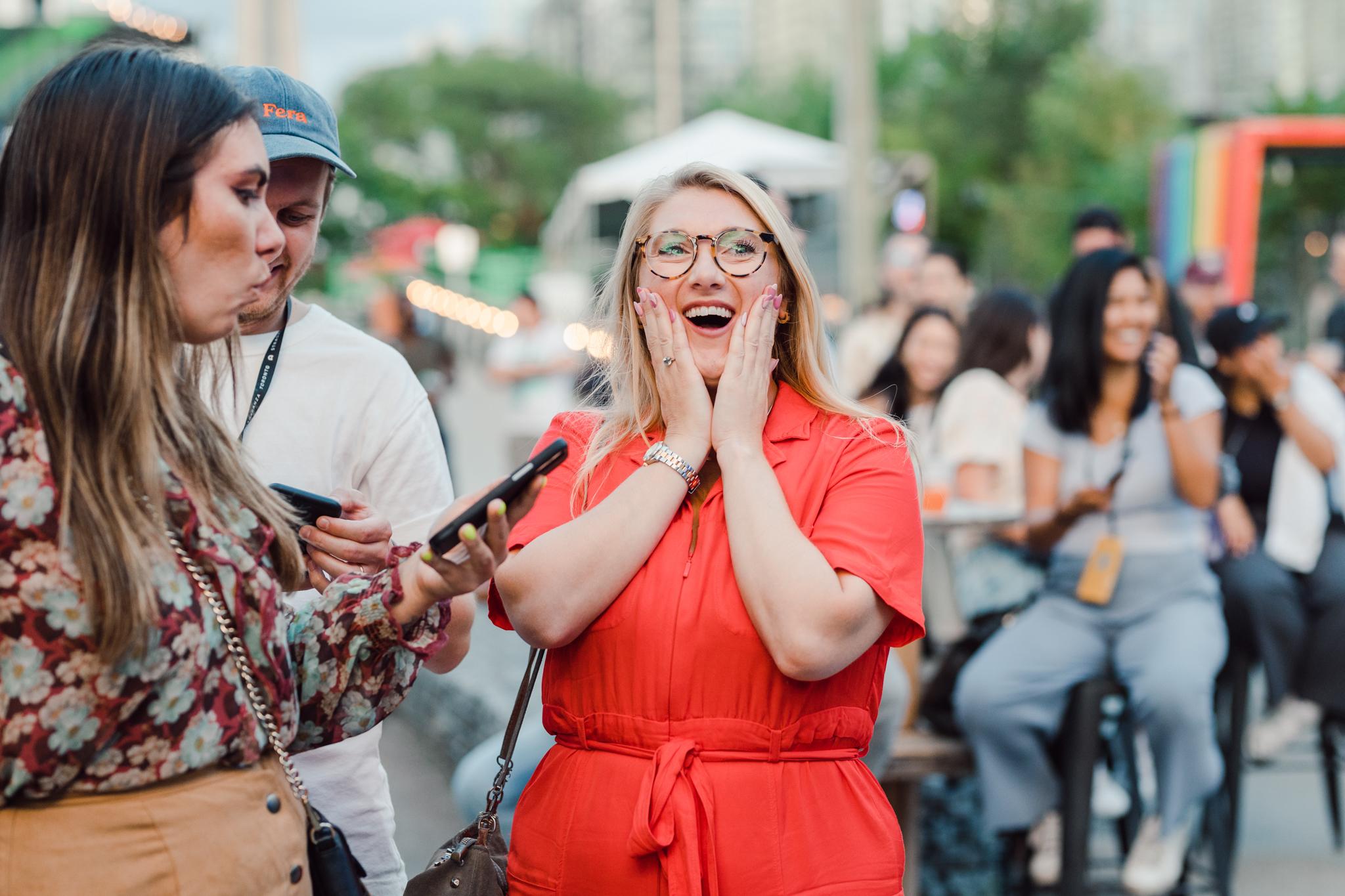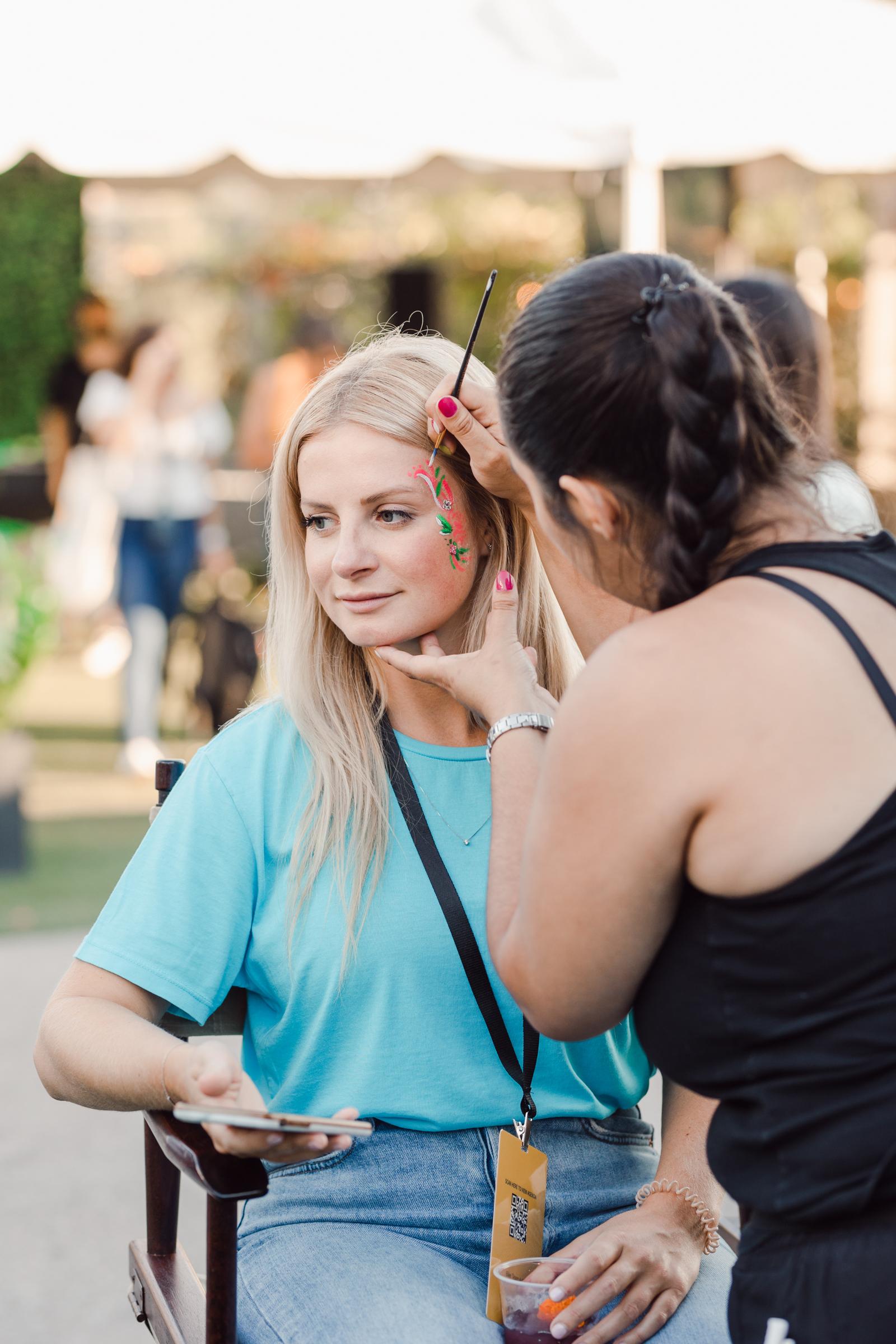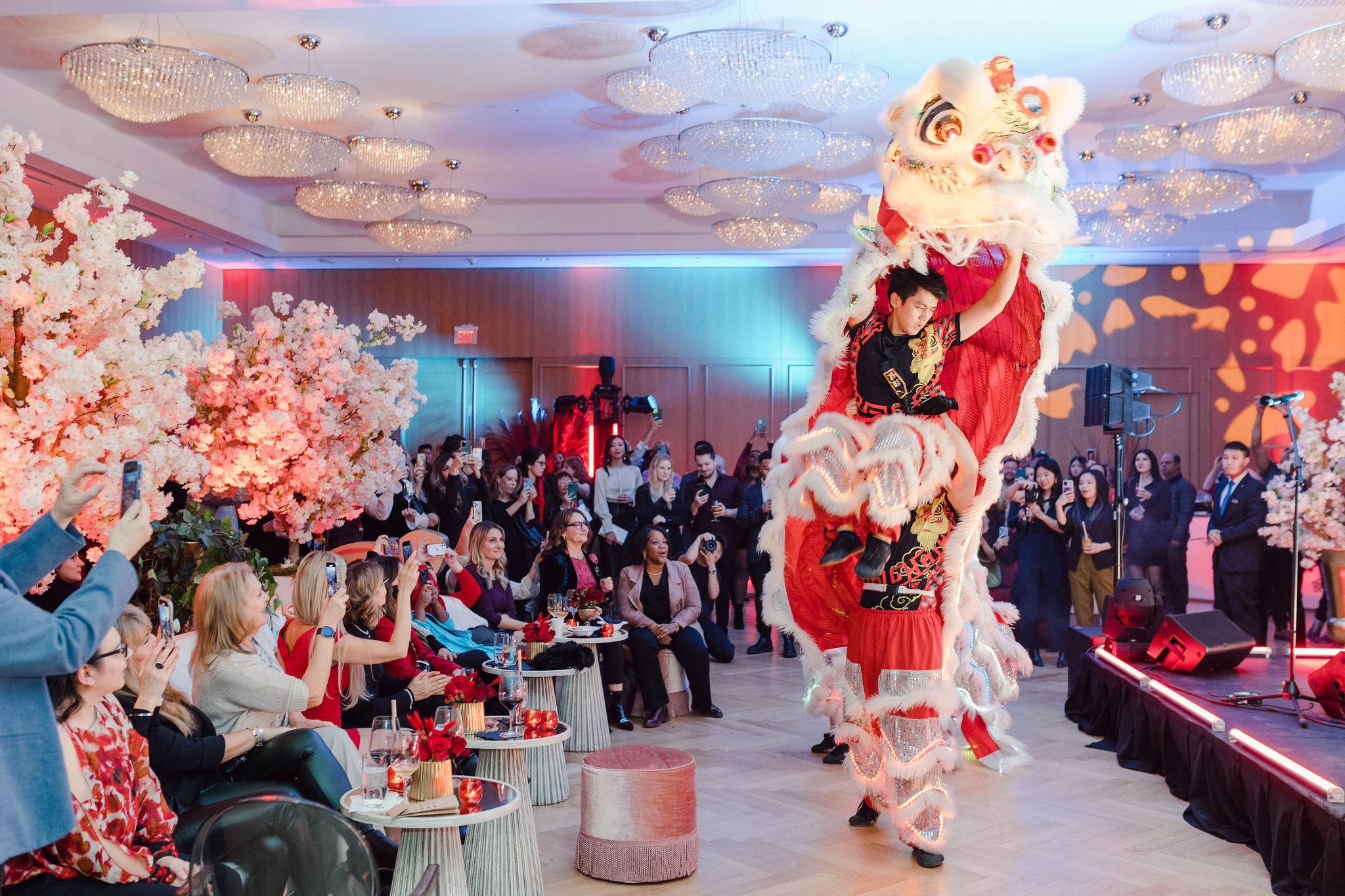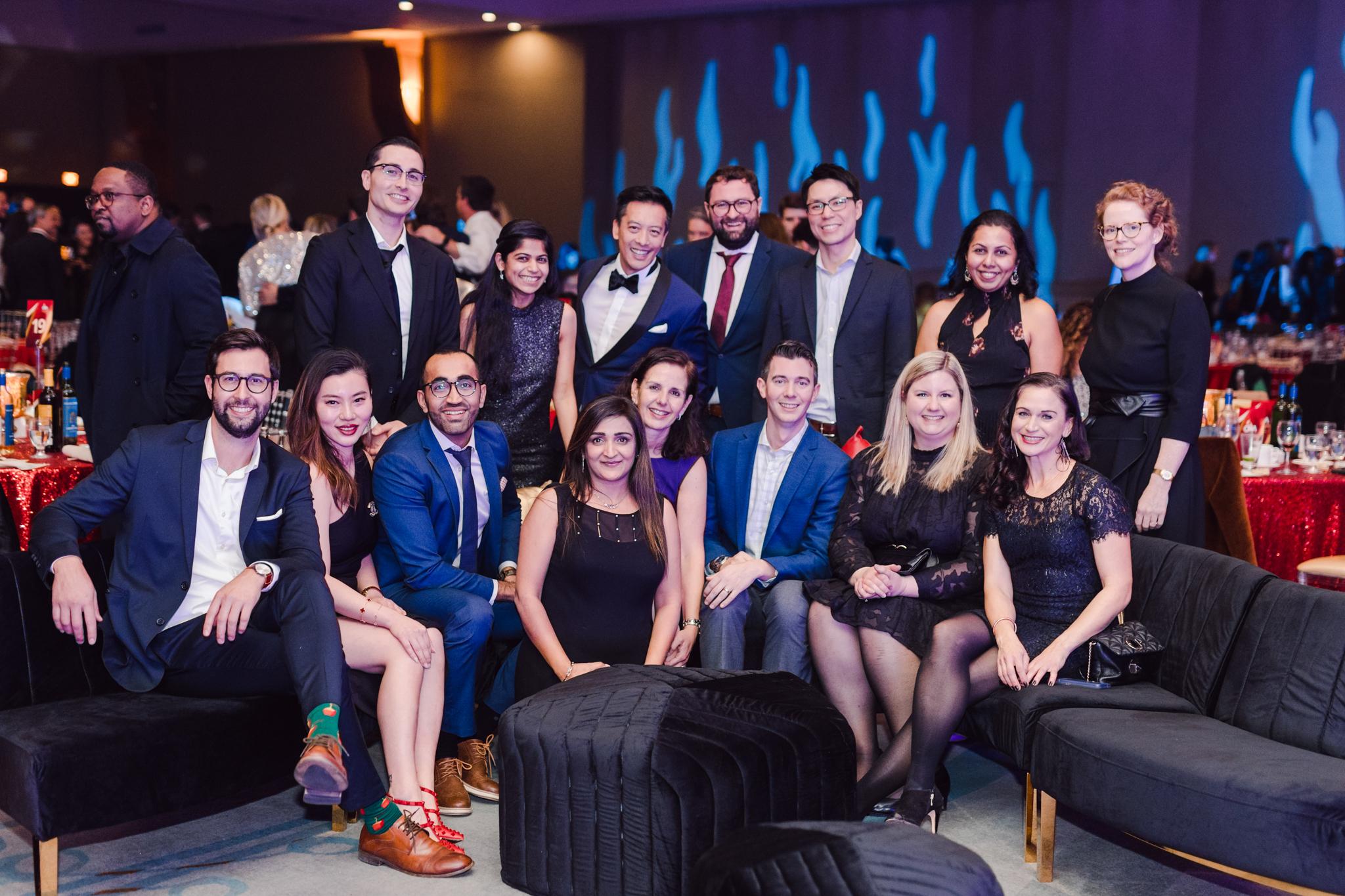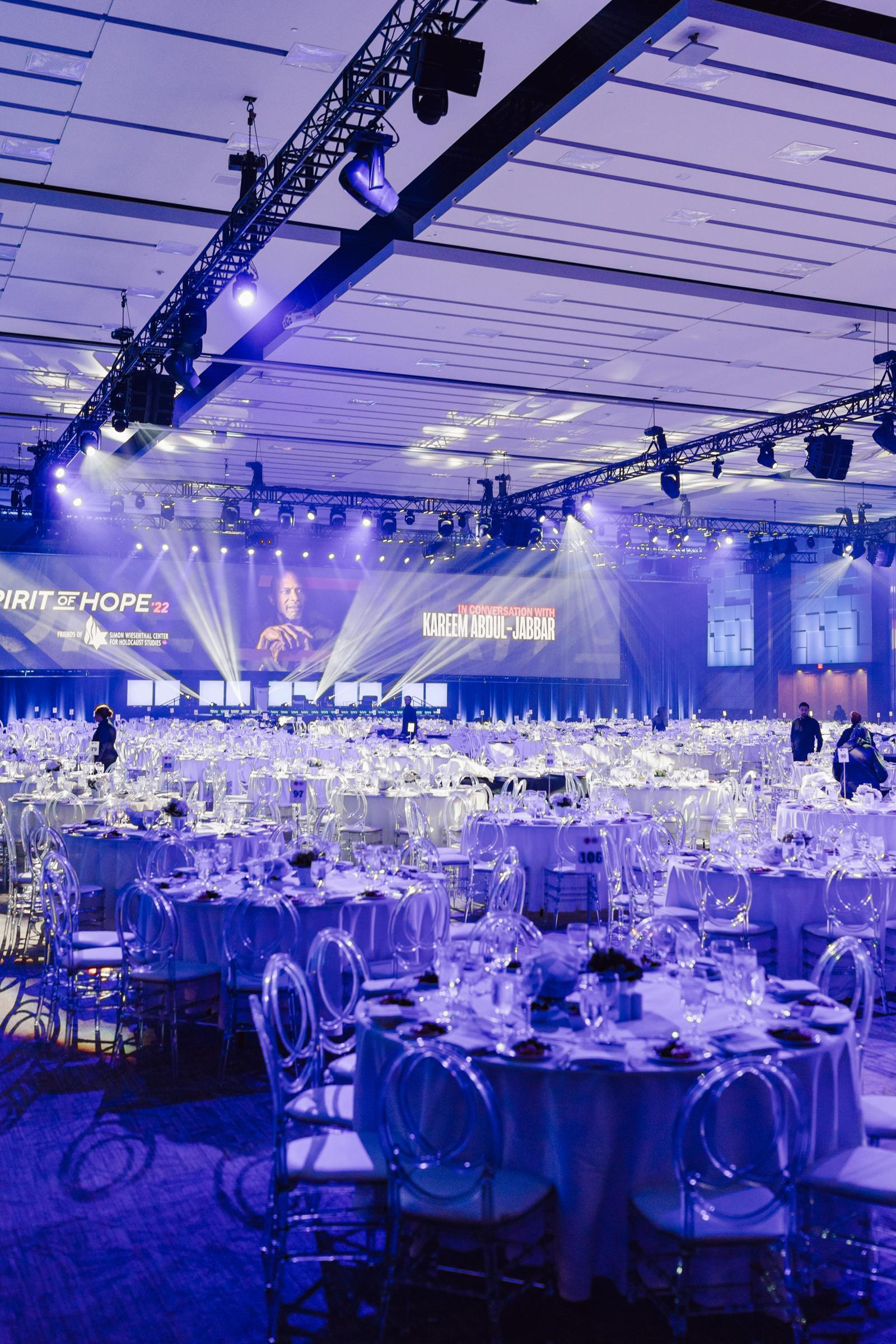Why are some images just more pleasing to look at than others? Does it take the most expensive equipment and luck? Mastering photography takes years of practice and it isn’t just about being in the right place and the right time. It isn’t just about setting up the camera in the perfect light and clicking away. Composing compelling images takes into account a number of factors from lighting to small details. It is the underlying structure that adds to the main subject that results in a visual piece of art that awes and draws in the viewer’s attention. While it takes some time to grasp the techniques used to create a compelling image these tips will help you frame a more compelling image that is both visually appealing and leaves the viewer wanting more.
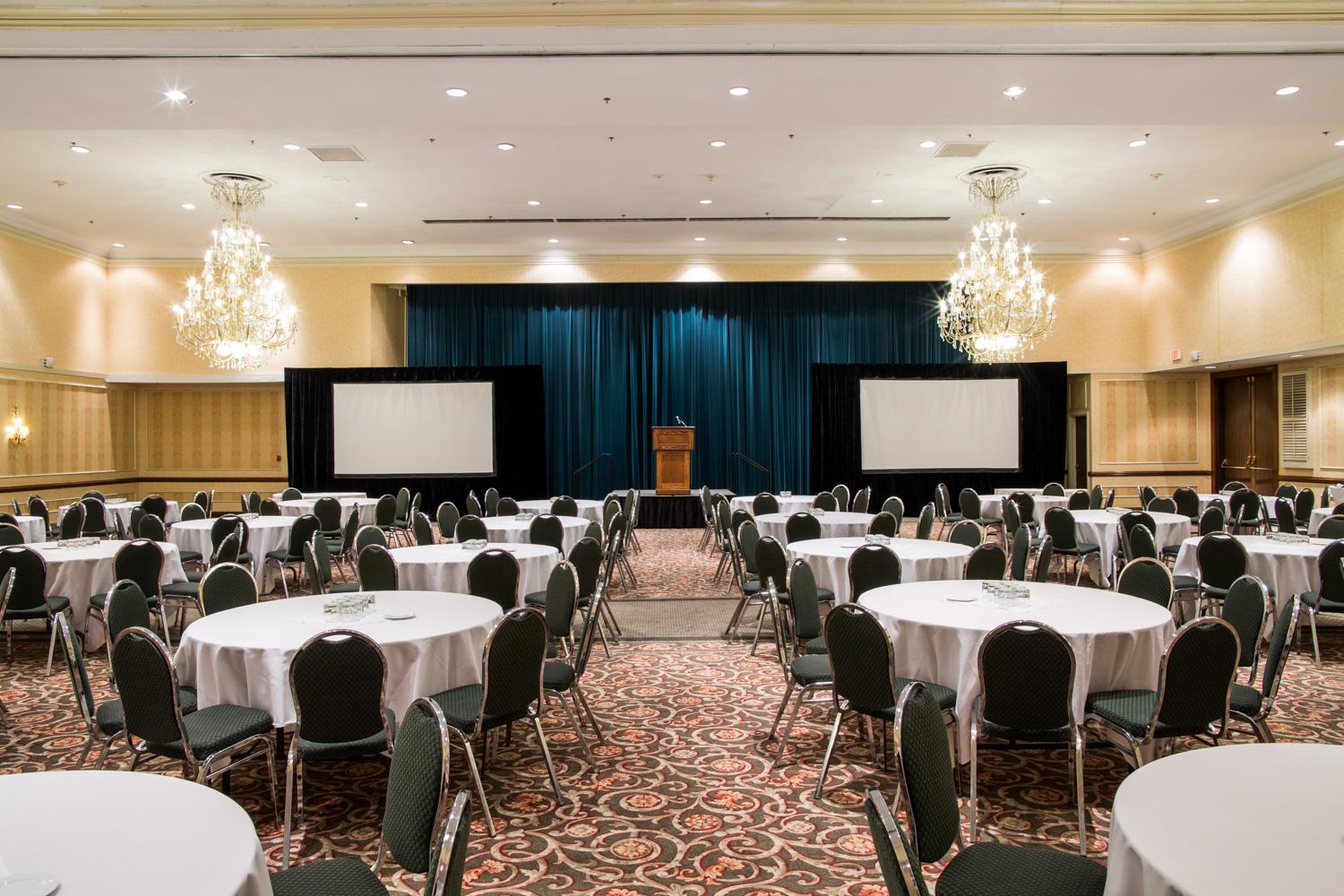
Great Lighting
Lighting is the main component to creating compelling images. Understanding how quickly the light can change, especially when taking photos at sunrise or sunset, is crucial when composing your frame. The sun’s light can change in a matter of minutes giving you very little time to test and get the camera settings right. You’ll want to ensure you are set up and ready to shoot if you want to take advantage of the colorful sky at sunrise or sunset.
Although shooting in natural light will always yield the best results, recreating natural light can also be done. While it takes more practice to get the right lighting setup it can result in stunning images that will captivate viewers. Learning how to utilize both styles will open up your toolbox to create great imagery in various situations. With this knowledge playing with light can add to the array of possible creative approaches such as.
Knowing when backlighting your subject can add dimension to your image, sometimes the main subject doesn’t need to be fully lit and instead can be more compelling as a silhouette. Paying attention to detail and shadows on your subject, especially when working with models is essential in translating the appropriate message. Even the slightest tilt of the head can have a huge impact on how the model is perceived. Photography in a sense is simply learning to paint an image using the right light.
Strong Subject
The most intriguing images have a clear main subject. Without a clear subject, your images are unclear and confused. A clear main subject is what draws the viewer’s attention into the image, it is what captures the interest of the viewer. It can be tempting to showcase a few main subjects in one image but this often leads to a confused image where the viewer is unsure of what they are supposed to be looking at.
Instead of showcasing a variety of main subjects, give each subject their own image to take the lead in. You don’t want the main subject competing with other elements in the frame because you really want the focus to remain on the main subject. The viewer’s eyes shouldn’t be jumping around the frame, instead, you want the eye to naturally be guided to the main subject. If there are elements in the frame that capture the viewer’s attention that is not the main subject it can lead to confusion and take away from the message you are trying to send through your main subject.
One way to make your main subject stand out more is to get closer to it. Not only will this allow you to eliminate the clutter from around the frame but it makes it clear where the viewers should focus their attention. You don’t always have to include the full subject, often times just the face of a person or part of the whole is better.
Be mindful where your subject falls in the frame as well. While it can be a natural instinct to want to but your main subject in the center of the frame this often leads to a boring and ineffective frame. Utilize the rule of the thirds, where you divide your frame into thirds horizontally and vertically, and place your main subject just off the center on one of the intersecting vertical and horizontal lines.
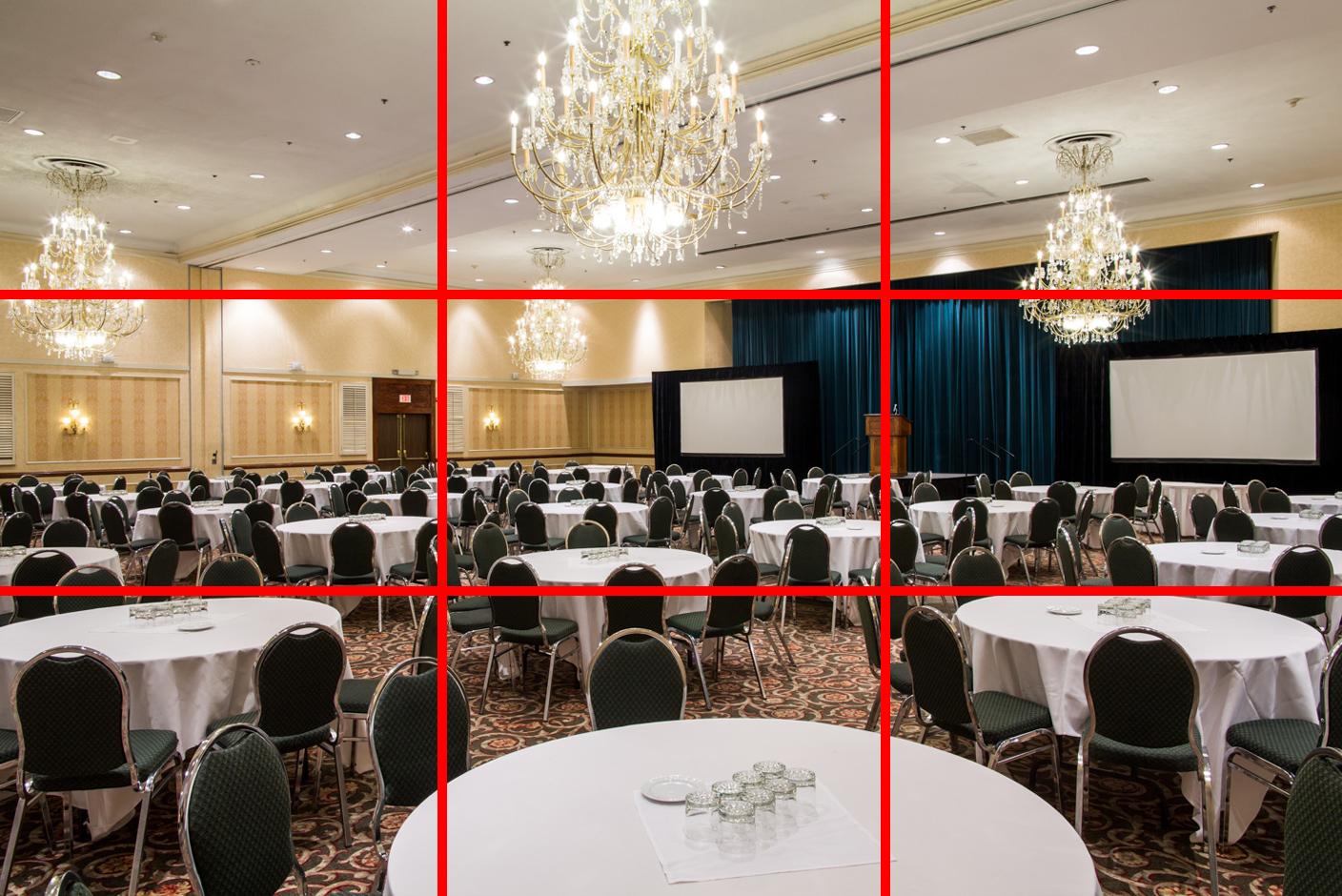
Composition and Attention to Details
While your subject needs to be the main clear focus, you can’t forget about what else is in the frame. There are many factors that will enhance an image including the colors, shapes and camera angle. Some of the most compelling images are not just because of the main subject itself but because of how all the elements in the framework work together to complement one another.
What creates a compelling image is how it can be viewed from far away. Does it capture the viewer’s attention from 10 feet away or only from up close? When you are composing your image you need to leave out anything that does not contribute to overall frame. It is always best to look at the elements as shapes and colors instead of what they actually are. This allows you to see each item in the frame simply as it is in its basic form and allows you to decide whether to keep it in the frame or not.
Colors play a significant role in composing a compelling image. Understand which colors attract attention like yellow and orange, and which colors to layer on top of each other like red on blue, will allow you to better create an enticing image that draws more attention. Understand when it is best to have colors that complement each other and when it is necessary to let one color stand out boldly against the rest. The colors can enhance the story you are telling and play a major factor in the overall structure of your image.
Creating a compelling image takes a number of factors into consideration. While you need to have the right lighting and a clear main subject you can’t ignore the other details in the frame. Often times too much attention is given to the main subject and the rest of the frame is ignored. This often leads to misplaced detail in the background that becomes a distraction.
Purposeful Images That Tell A Story
Every image tell a story. Once you know what your subject is, the surrounding elements and details should play a role in the story you are trying to tell about the subject. The main subject should be eye catching and bold. Once you have the viewers attention, keeping them interested is the job of the surrounding elements. A well composed photo will start the eye off on the subject and will move around the frame and back towards the main subject.
Telling a story through a photograph takes more than simply just the subject. It is how the subject is posed, framed and lit then elevates an elementary frame towards becoming a compelling visual. A number of details can add to the overall story but you have to first know exactly what you are trying to tell. Understanding how different camera angles can impact your image is also useful. Shooting from a low angle looking up on your main subject, especially in portraits, gives the subject more power, where looking down on the subject takes away its power and gives it more innocence. With a clear view of the final vision for an image, creating that visual can easily be broken down and achieved.
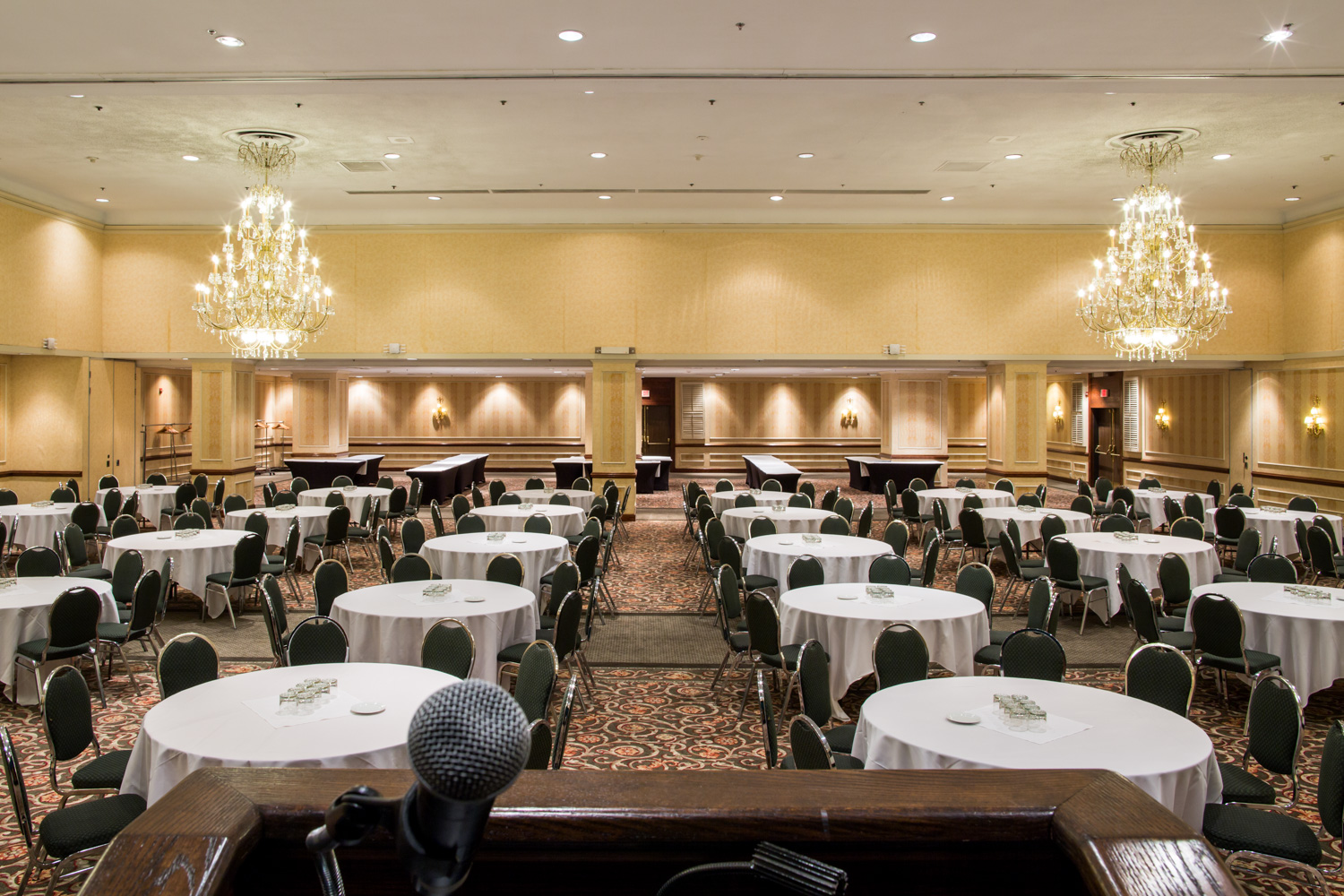
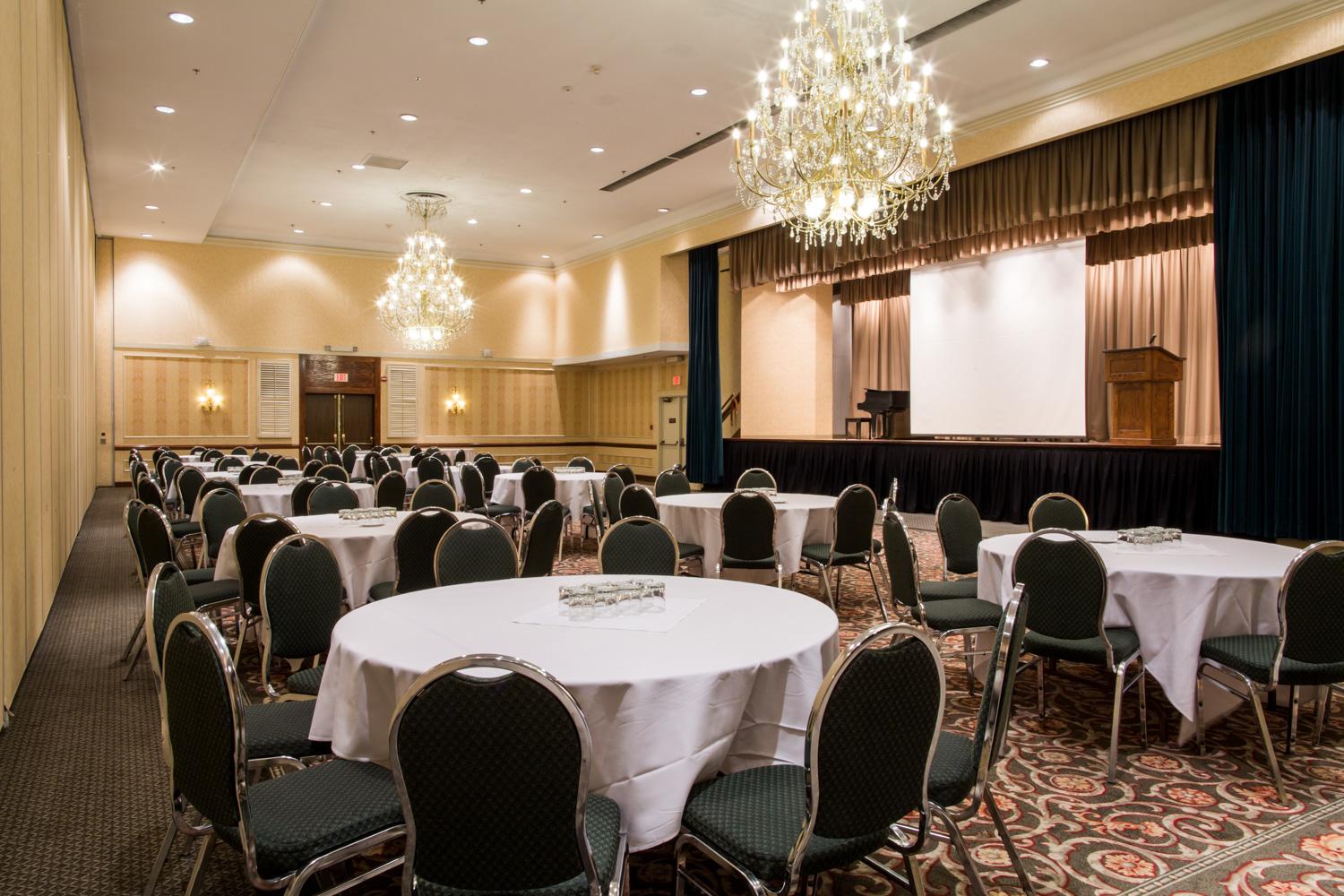
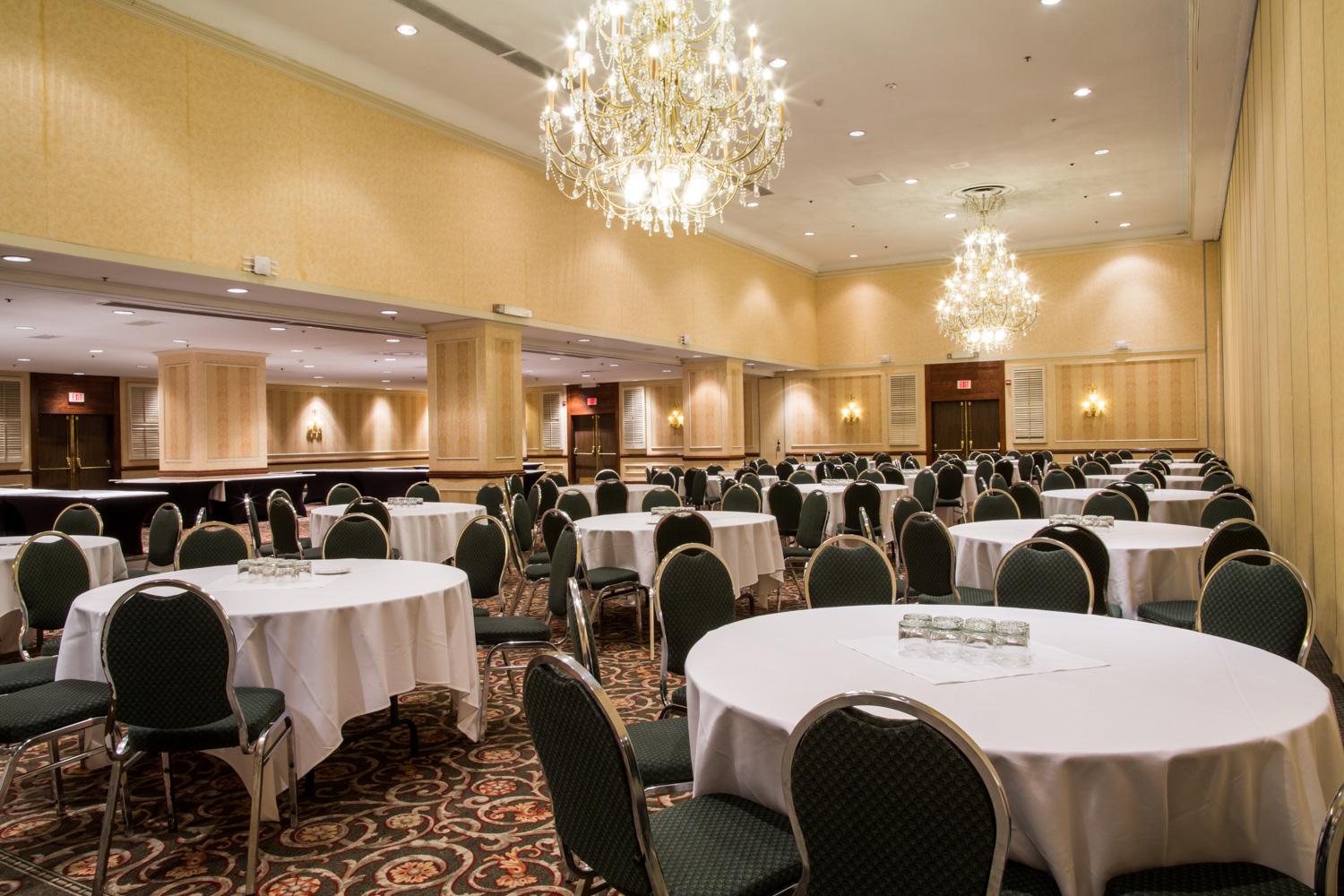
Clean Images
Just as a writer needs to edit their words, photographers need to edit what is in their images. You need to constantly be looking and paying attention to what is in the frame and what needs to be left out. The edge of the frame should be clear of any details, darkening the edge of the frame pulls the viewer’s eyes in and keeps the viewers from wondering off the frame. Likewise, anything that isn’t adding to the overall structure of the image should be cropped out. This might mean having to move the camera around, shifting the focus or rearranging your main subject. Anything that doesn’t add to the frame is just a distraction. If items are cut off at the edge of the frame it is a distraction.
These items are things that will keep catching the viewer’s attention but will have no significance to the overall image. Mastering the tips provided here can lead you to create more compelling images that capture the viewer’s attention every time.


